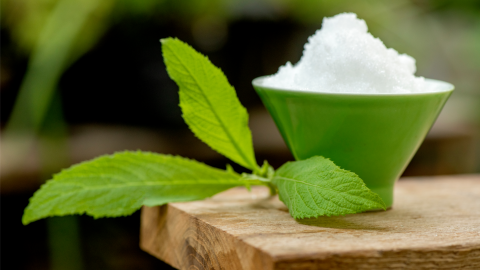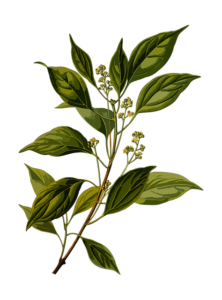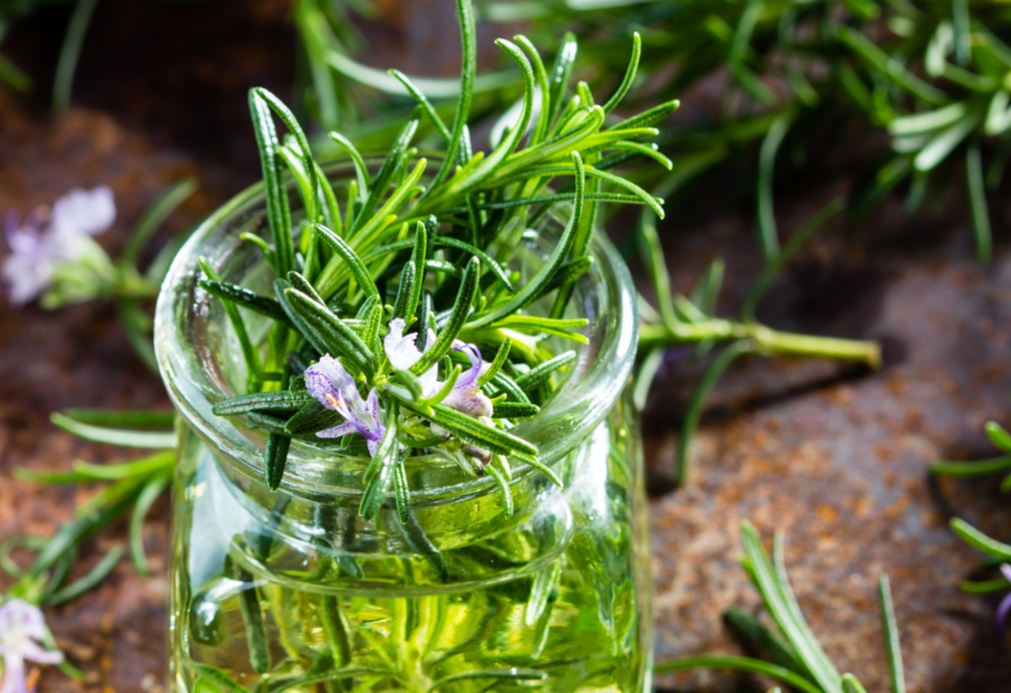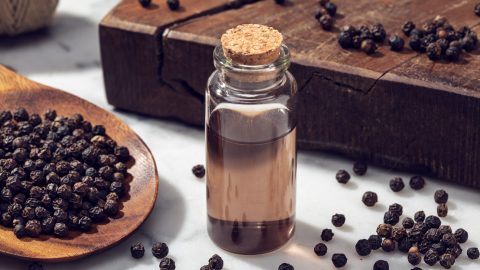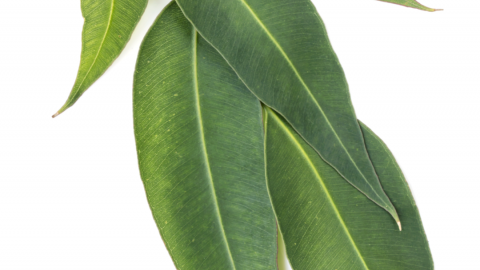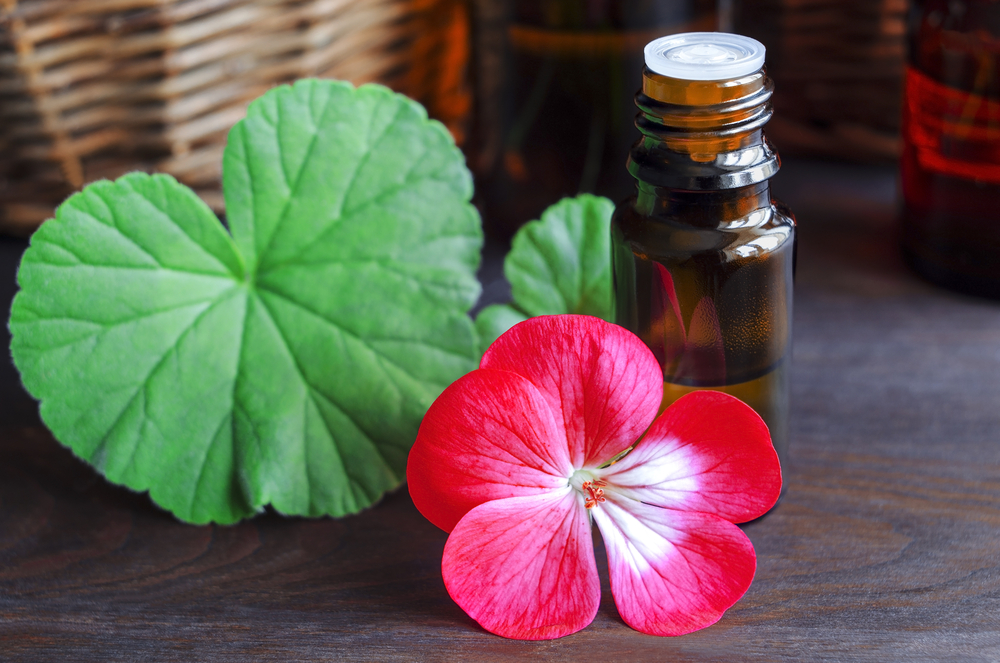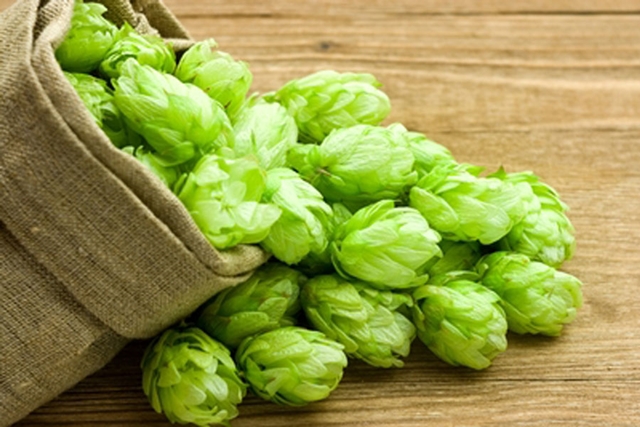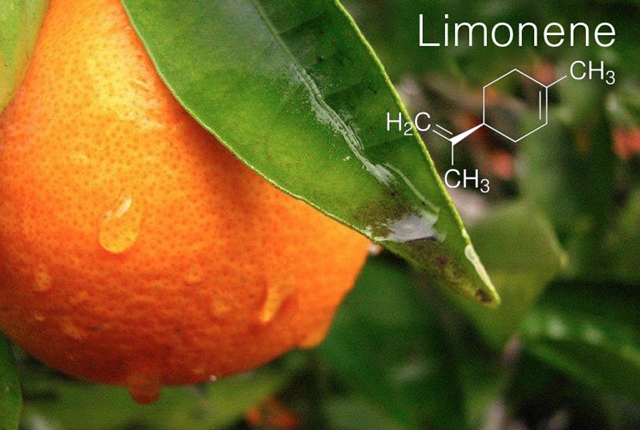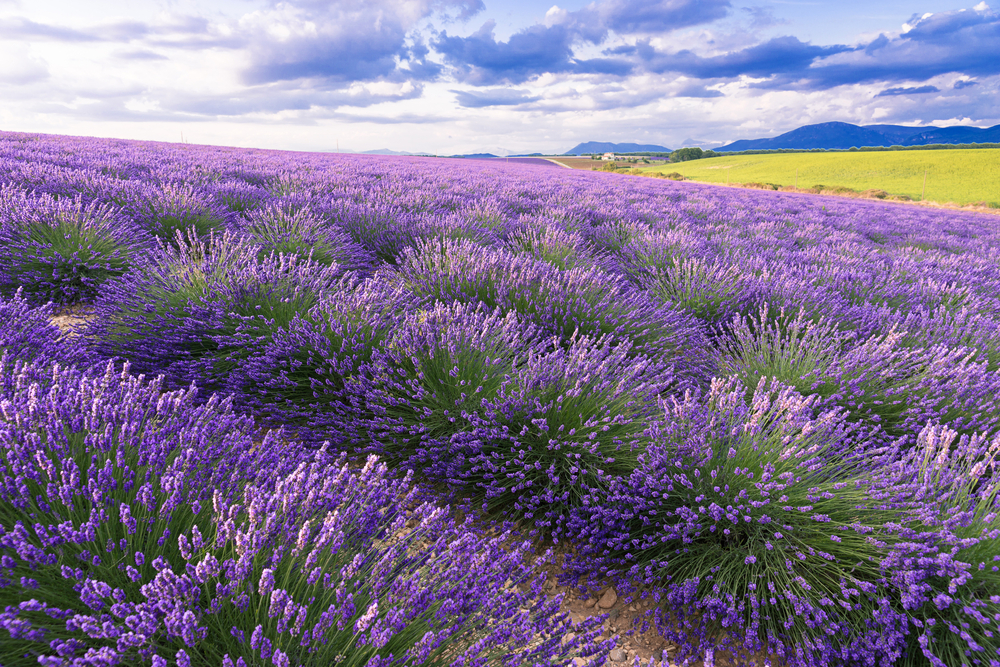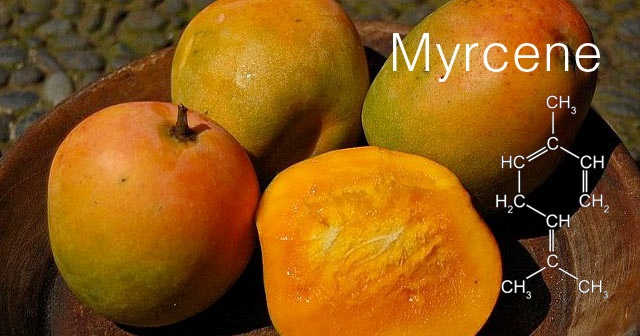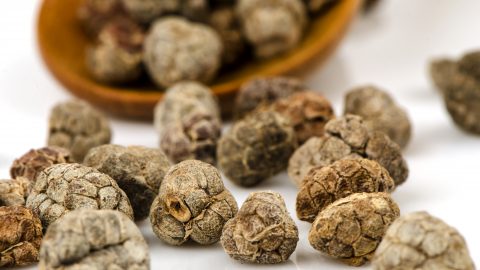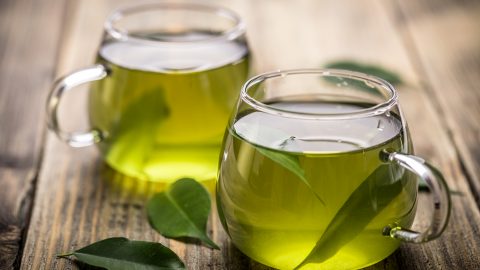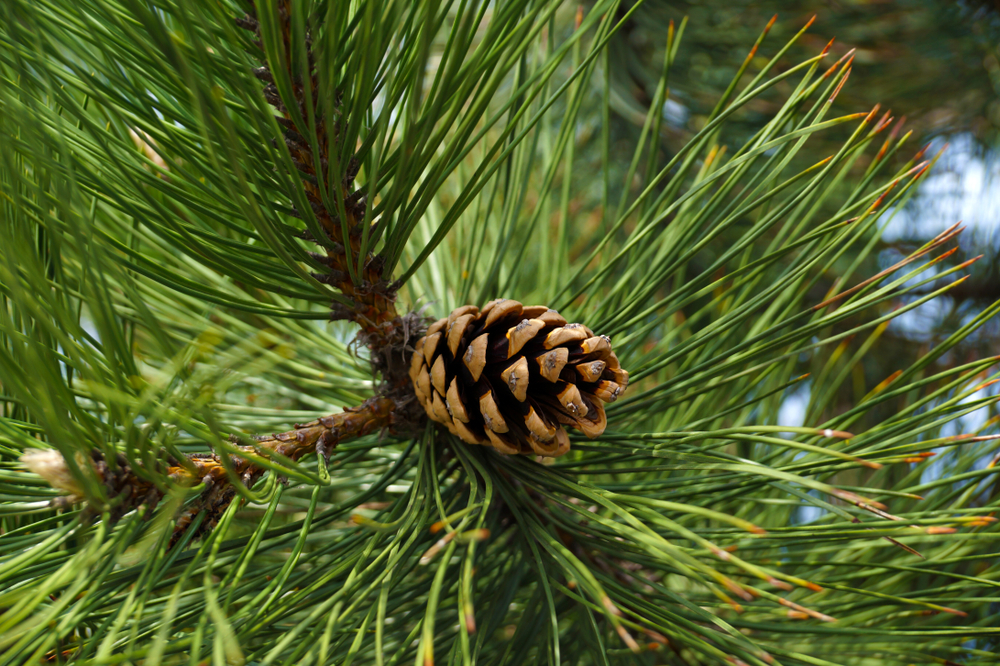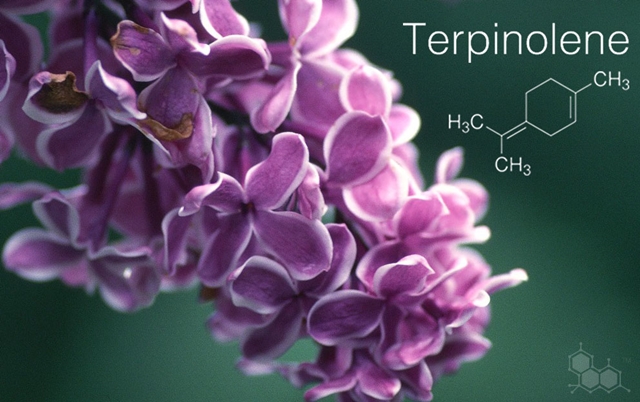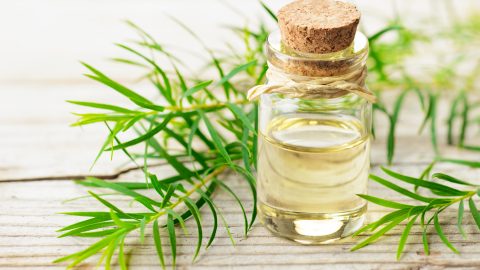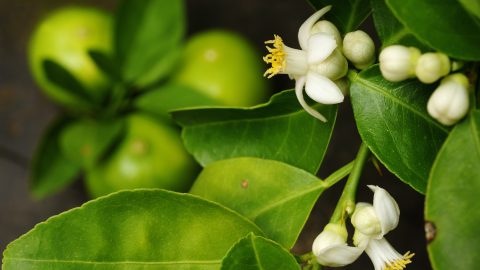What are Terpenes?
Cannabis has a unique smell and terpenes are essential oils that give the many strains of cannabis its aromatic diversity. Terpenes are produced by tiny stalk-like glands called trichomes; the same glands that produce cannabinoids like THC and CBD. These terpenes are mostly found in high concentrations in unfertilized female cannabis flowers prior to senescence (the process of deterioration with age).
Plants produce terpenes to protect themselves from predators and to attract pollinators. Over 150 different terpenes have been identified in the cannabis plant. However, unlike cannabinoids, terpenes are not unique to cannabis.
Each strain of cannabis, sometimes referred to as a chemovar, has its own profile of terpenes and cannabinoids. There are hundreds of these chemovars. The same chemovar can contain different concentrations of terpenes depending on the environment it’s grown in. Temperature, sunlight, growing medium, nutrients, and the plant’s maturation at harvest all affect a plant’s terpene profile.
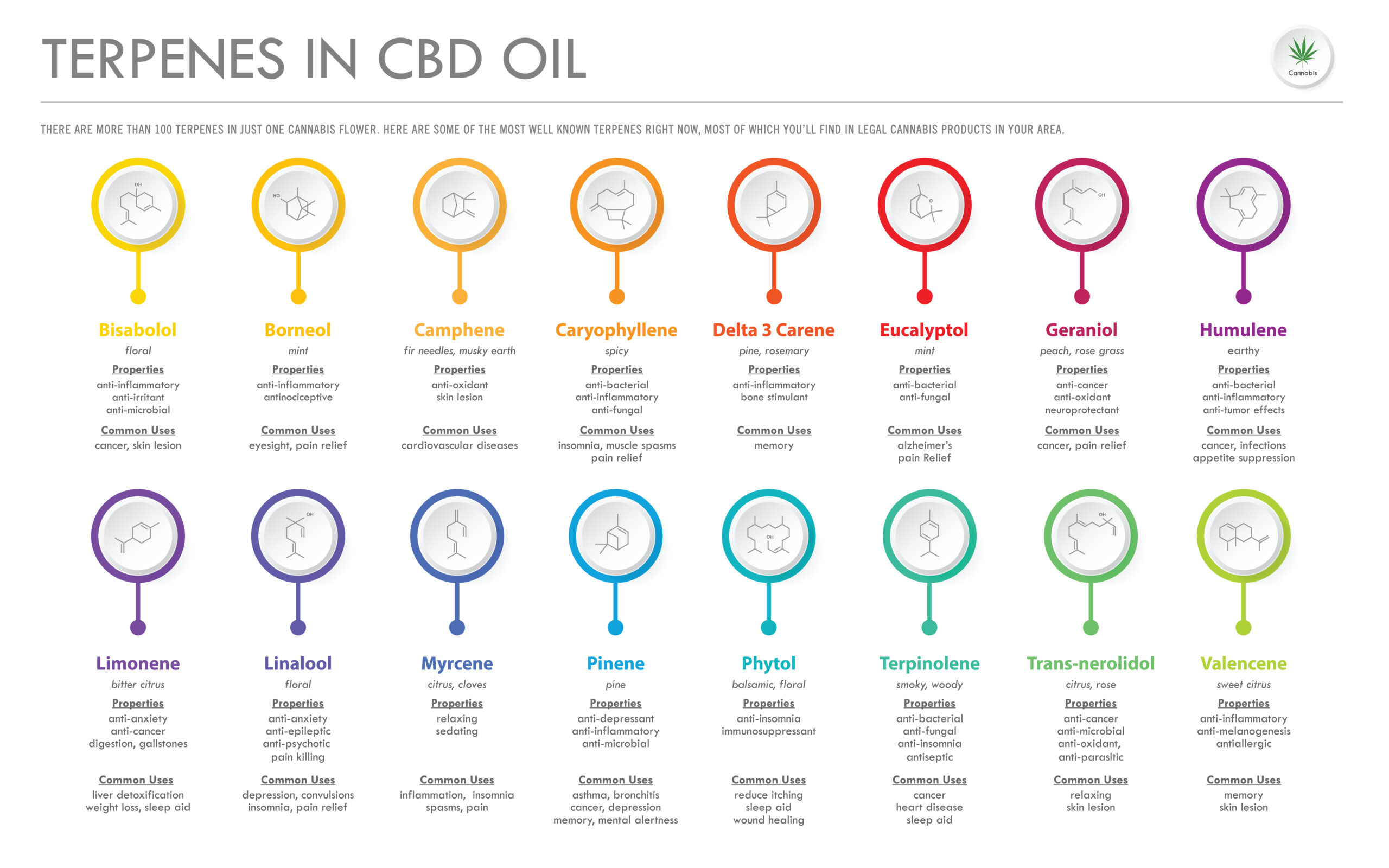
Terpenes continue to draw attention from the scientific and medical communities due to their apparent pharmacological actions. Research suggests some terpenes such as myrcene, beta-caryophyllene, humulene, and pinene have anti-inflammatory properties, while others such as limonene and linalool may help reduce anxiety. Nerolidol, borneol, and phytol appear to have sedative properties which may help treat insomnia. Terpinene demonstrates strong anti-oxidant effects. Eucalyptol appears to aid in memory and learning. And numerous others including some of those listed above seem to additionally demonstrate anti-fungal and anti-bacterial activity.
The unique therapeutic properties terpenes appear to demonstrate may significantly contribute to the “entourage effect” of cannabinoids such as cannabidiol (CBD), cannabigerol (CBG), cannabinol (CBN), and cannabichromene (CBC). Continued focus on cannabinoid-terpene interactions may demonstrate a synergistic relationship with respect to treating inflammation, pain, anxiety, depression, seizures, addiction, fungal infections, bacterial infections (including methicillin-resistant Staphylococcus aureus), and much more.
References:
Russo, E; Taming THC: potential cannabis synergy and phytocannabinoid-terpenoid entourage effects; British Journal of Pharmacology; 2011 Aug; 163(7): 1344–1364.
Booth, J et al; Terpenes in Cannabis sativa – From plant genome to humans; Plant Science; 2019 July; 284:67-72.
Baron, E; Medicinal Properties of Cannabinoids, Terpenes, and Flavonoids in Cannabis, and Benefits in Migraine, Headache, and Pain: An Update on Current Evidence and Cannabis Science; Headache; 2018 July/Aug; 58(7): 1138-1186.
Author Bio:
Dr. Wright Penniman M.D. is a board certified family physician with 15 years of clinical experience and 4 years of experience as a medical director with a major health insurance company.
Article written by Dr. Wright Penniman M.D.
What are Terpenes Series? Read More…
-
What are Terpenes?
What are Terpenes? Cannabis has a unique smell and terpenes are essential oils that give the many strains of...
-
What is Bisabolol? Alpha-bisabolol?
What is Bisabolol? Bisabolol is naturally present in German Chamomile (Matricaria chamomilla or Matricaria recutita) and the bark of the...
-
What is Borneol?
What is Borneol? Borneol is a terpene valued for its woody, camphor-like aroma. It is derived from a member...
-
What is Camphene?
What is Camphene? Camphene is monoterpene which emits pungent odors of damp woodlands and fir needles. Camphene may play...
-
What is Carene? Delta 3 Carene?
What is Carene? Carene is a bicyclic monoterpene with a scent similar to lemon, musk, and pine. It is...
-
What is Caryophyllene? Beta-caryophyllene (BCP)?
What is Caryophyllene? Caryophyllene is present in many herbs and spices; including black pepper, basil, and oregano, and cannabis....
-
What is Eucalyptol?
What is Eucalyptol? Eucalyptol is the primary terpene of the eucalyptus tree. It is also known as cineole. It...
-
What is Geraniol?
What is Geraniol? Geraniol produces a sweet, delightful smell similar to roses. This makes geraniol a popular choice for...
-
What is Humulene?
What is Humulene? Humulene is a sesquiterpene also known as α-humulene and α–caryophyllene; an isomer of β–caryophyllene. Humulene is...
-
What is Limonene? D-Limonene?
What is Limonene? Limonene is a monoterpenoid and one of two major compounds formed from pinene. As the name...
-
What is Linalool?
What is Linalool? Linalool is a monoterpenoid and has been described as having floral and lavender undertones. Varieties high...
-
What is Myrcene?
What is Myrcene? Myrcene, specifically β-myrcene, is a monoterpene and the most common terpene produced by cannabis (some varieties...
-
What is Nerolidol? Trans-Nerolidol?
What is Nerolidol? Nerolidol aka trans-nerolidol is a terpene found in many strong aromatic plants such as jasmine, tea...
-
What is Phytol?
What is Phytol? Phytol is grassy and balsamic in odor. It is naturally produced in green tea. Cannabis leaves...
-
What is Pinene? Alpha-pinene? Beta-pinene?
What is Pinene? Pinene is one of the most common terpenes in the plant world and is produced in...
-
What is Terpinolene?
What is Terpinolene? Terpinolene is a common component of sage and rosemary and is found in the oil derived...
-
What is Terpinene?
What is Terpinene? Terpinene is classified as a monoterpene. Alpha-terpinene (a-terpinene) derives naturally from cannabis and other plant sources,...
-
What is Terpineol?
What is Terpineol? Terpineol can refer to any combination of four monoterpene alcohol isomers (the most common of which...
-
What is Valencene?
What is Valencene? Valencene is a sesquiterpene that produces aromatic sweet, citrus, herb, and woody notes. Like Limonene, it...

